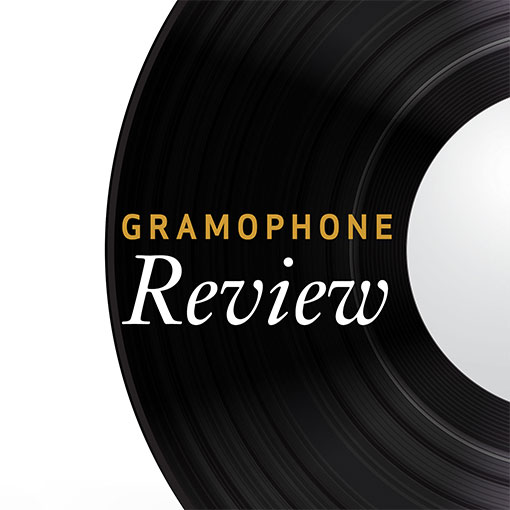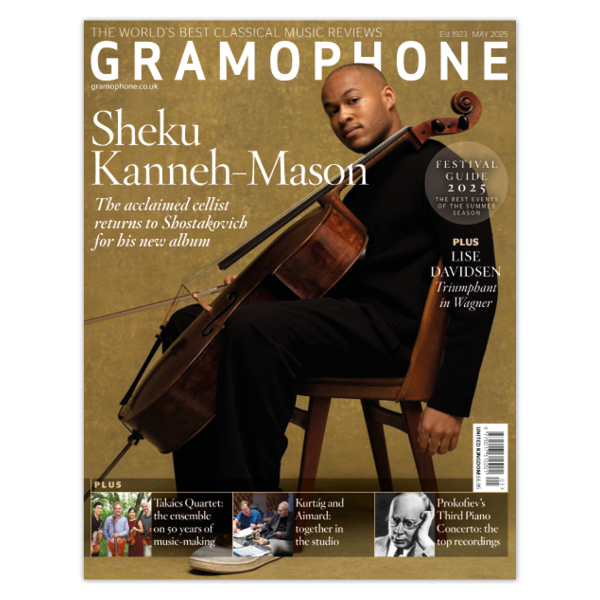Schubert Piano Works
View record and artist detailsRecord and Artist Details
Composer or Director: Franz Schubert
Label: Das Alte Werk Reference
Magazine Review Date: 7/1996
Media Format: CD or Download
Media Runtime: 62
Mastering:
DDD
Catalogue Number: 0630-11084-2

Tracks:
| Composition | Artist Credit |
|---|---|
| Sonata for Piano No. 16 |
Franz Schubert, Composer
Andreas Staier, Fortepiano Franz Schubert, Composer |
| Impromptus, Movement: No. 1 in E flat minor |
Franz Schubert, Composer
Andreas Staier, Fortepiano Franz Schubert, Composer |
| Impromptus, Movement: No. 2 in E flat |
Franz Schubert, Composer
Andreas Staier, Fortepiano Franz Schubert, Composer |
| Impromptus, Movement: No. 3 in C |
Franz Schubert, Composer
Andreas Staier, Fortepiano Franz Schubert, Composer |
Author: hfinch
Once again, it is Andreas Staier’s imagination and insight as a musician, rather than Staier-as-fortepianist, which comes to the fore in this, his latest rich recital. How much those insights are inspired and shaped by his second-by-second response to the physical creature in front of him it remains as absorbing as ever to ponder while listening.
In the A minor Sonata, for instance, Staier sets up a wide gulf between the two poles of Schubert’s musical material – the sustained and lyrical, and the percussive and propulsive – in metaphysical terms, if you like, between the inner and outer, the contemplative and active life of this movement. Then he starts to paint with the pedal: there is a choice of four on this 1825 Viennese Johann Fritz fortepiano, and his changing use of them as the hands wander through the development creates a wide landscape for the journey, reminiscent of some of the piano writing in Winterreise. Here, and in the even more far-reaching expressive palette of the E flat major Impromptu, Staier really does realize the truth of his own statement that this – unlike the multi-purpose modern concert grand – is truly a “specifically Romantic instrument”.
In the slow movement’s variations, the shifting balance between the hands, and the moments of ritenuto (it could only just be called rubato) are uniquely tailored to the resonating scale of the instrument, to uniquely revelatory effect. None of this could happen, of course, without Staier’s own exceptionally sensitive imagination. Driving a dense head of steam in small dynamic and temporal space at the start of the E flat minor Impromptu he creates, by contrast, a wide area of open space for the Andante, with the little, high, cadenza-like scalic figure appearing, as a sudden and wonderful bright light, as time is momentarily suspended.'
In the A minor Sonata, for instance, Staier sets up a wide gulf between the two poles of Schubert’s musical material – the sustained and lyrical, and the percussive and propulsive – in metaphysical terms, if you like, between the inner and outer, the contemplative and active life of this movement. Then he starts to paint with the pedal: there is a choice of four on this 1825 Viennese Johann Fritz fortepiano, and his changing use of them as the hands wander through the development creates a wide landscape for the journey, reminiscent of some of the piano writing in Winterreise. Here, and in the even more far-reaching expressive palette of the E flat major Impromptu, Staier really does realize the truth of his own statement that this – unlike the multi-purpose modern concert grand – is truly a “specifically Romantic instrument”.
In the slow movement’s variations, the shifting balance between the hands, and the moments of ritenuto (it could only just be called rubato) are uniquely tailored to the resonating scale of the instrument, to uniquely revelatory effect. None of this could happen, of course, without Staier’s own exceptionally sensitive imagination. Driving a dense head of steam in small dynamic and temporal space at the start of the E flat minor Impromptu he creates, by contrast, a wide area of open space for the Andante, with the little, high, cadenza-like scalic figure appearing, as a sudden and wonderful bright light, as time is momentarily suspended.'
Discover the world's largest classical music catalogue with Presto Music.

Gramophone Digital Club
- Digital Edition
- Digital Archive
- Reviews Database
- Full website access
From £8.75 / month
Subscribe
Gramophone Full Club
- Print Edition
- Digital Edition
- Digital Archive
- Reviews Database
- Full website access
From £11.00 / month
Subscribe
If you are a library, university or other organisation that would be interested in an institutional subscription to Gramophone please click here for further information.





